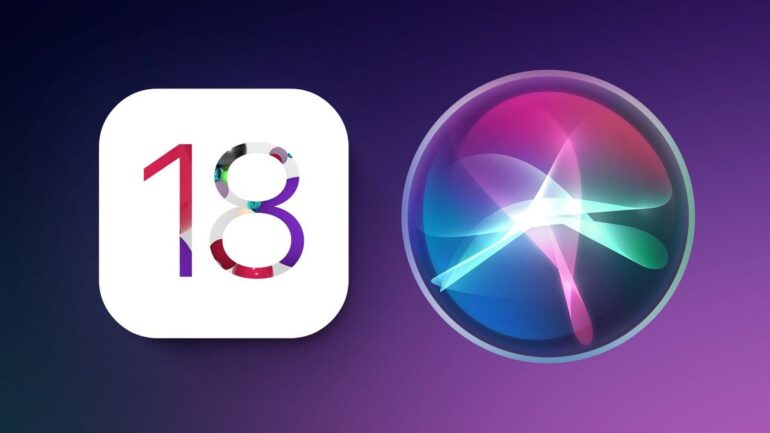TL;DR:
- Apple will introduce major upgrades to Siri in iOS 18 at WWDC 2024.
- Focus on using a Large Language Model (LLM) to enhance Siri’s capabilities.
- Aim to make Siri the ultimate virtual assistant and a powerful AI application.
- Part of Apple’s strategy is to boost iPhone 16 series sales.
- Potential for AI integration in various Apple applications.
- Uncertainty regarding AI features’ availability for older iPhone models.
- Possibility of off-device processing for broader AI feature accessibility.
Main AI News:
In a bid to catch up with industry giant Google, Apple is gearing up to introduce a game-changing upgrade to Siri in iOS 18, set to be unveiled at the Worldwide Developers Conference (WWDC) in 2024. This move comes as part of Apple’s strategy to make Siri the ultimate virtual assistant, leveraging a Large Language Model (LLM) to develop it into Apple’s most potent AI application.
@Tech_Reve, a prominent tech tipster, revealed Apple’s ambitious plans via Forbes, underlining their intent to harness the capabilities of LLM, akin to the one used in chatbots like ChatGPT. This LLM, with its extensive dataset, empowers Siri to comprehend a wide spectrum of conversations and respond accurately—a remarkable leap forward.
This strategic overhaul in iOS 18 is not merely an attempt to keep up with the competition but also serves as a key component in Apple’s efforts to boost sales of the iPhone 16 series. Mark Gurman’s insights from Bloomberg’s Power On newsletter have hinted at Apple’s intention to inject fresh features and designs into iOS 18, strategically aligned with the forthcoming iPhone 16 series, which is expected to feature minimal hardware changes compared to its predecessors.
Enhancing Siri’s capabilities to better understand natural language and speech patterns is a pivotal step in Apple’s mission. While the extent to which Siri will challenge Google Assistant in delivering accurate responses remains uncertain, this upgrade signifies Apple’s determination to address the long-standing disappointment some users have experienced since Siri’s debut with the iPhone 4s in 2011.
Interestingly, some users have found the iOS Google Assistant app to provide more direct and informative answers. However, Apple’s aspirations extend beyond Siri’s improvement. Gurman suggests that AI functionality could be integrated into various Apple applications, such as Pages, Keynote, and Apple Music, elevating user experiences across the board. This endeavor might necessitate bolstering the AI capabilities of the A18 Pro chipset, a plausible explanation for Apple’s rumored inclusion of this advanced application processor in all four 2024 iPhone models.
A pressing question arises regarding the accessibility of these new AI features to older iPhone models compatible with iOS 18. Apple faces a challenging dilemma as it aims to maximize on-device processing while potentially restricting new AI features to the iPhone 16 series and newer models. This strategy could boost hardware sales but may leave a substantial number of iPhone users frustrated by limited upgrade options in the near future.
To address this conundrum, Apple might consider eventually extending some AI features to off-device processing, similar to Google’s approach with its Pixel phones. A notable example is the Magic Eraser, which initially debuted on the Pixel 6 line and later expanded to older Pixel models, other Android devices, and iOS phones subscribed to Google One cloud storage.
Conclusion:
Apple’s strategic overhaul of Siri in iOS 18 represents a significant move to strengthen its position in the AI virtual assistant market. By harnessing the power of a Large Language Model (LLM) and integrating AI capabilities across its ecosystem, Apple aims to enhance user experiences and potentially boost hardware sales. The challenge lies in balancing on-device processing with accessibility for older iPhone models, a decision that could impact user retention and market competition.

